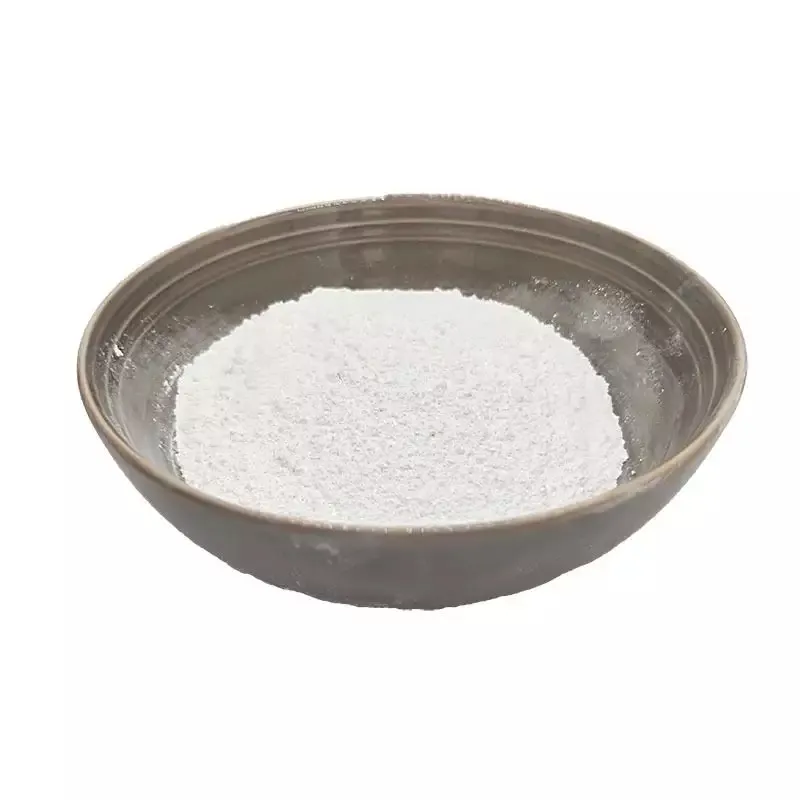Hebei Yize Trade Center Co., LTD.!
 Email: sale@hebeidisha.com
Email: sale@hebeidisha.com
 Tel: +86 13315186550
Tel: +86 13315186550
- Afrikaans
- Albanian
- Amharic
- Arabic
- Armenian
- Azerbaijani
- Basque
- Belarusian
- Bengali
- Bosnian
- Bulgarian
- Catalan
- Cebuano
- China
- China (Taiwan)
- Corsican
- Croatian
- Czech
- Danish
- Dutch
- English
- Esperanto
- Estonian
- Finnish
- French
- Frisian
- Galician
- Georgian
- German
- Greek
- Gujarati
- Haitian Creole
- hausa
- hawaiian
- Hebrew
- Hindi
- Miao
- Hungarian
- Icelandic
- igbo
- Indonesian
- irish
- Italian
- Japanese
- Javanese
- Kannada
- kazakh
- Khmer
- Rwandese
- Korean
- Kurdish
- Kyrgyz
- Lao
- Latin
- Latvian
- Lithuanian
- Luxembourgish
- Macedonian
- Malgashi
- Malay
- Malayalam
- Maltese
- Maori
- Marathi
- Mongolian
- Myanmar
- Nepali
- Norwegian
- Norwegian
- Occitan
- Pashto
- Persian
- Polish
- Portuguese
- Punjabi
- Romanian
- Russian
- Samoan
- Scottish Gaelic
- Serbian
- Sesotho
- Shona
- Sindhi
- Sinhala
- Slovak
- Slovenian
- Somali
- Spanish
- Sundanese
- Swahili
- Swedish
- Tagalog
- Tajik
- Tamil
- Tatar
- Telugu
- Thai
- Turkish
- Turkmen
- Ukrainian
- Urdu
- Uighur
- Uzbek
- Vietnamese
- Welsh
- Bantu
- Yiddish
- Yoruba
- Zulu
More Language
Jul . 11, 2024 05:59 Back to list
Similarity of chromic acid - cro3 Chemical properties, uses, and safety considerations.
Chromic acid (CrO3) is a versatile chemical compound with a variety of important applications in both industry and laboratory settings. This powerful oxidizing agent is primarily used in the production of chrome-plated metal, as well as in the manufacturing of pigments, dyes, and chemicals. In addition, chromic acid is commonly employed in the cleaning and etching of glass, ceramics, and other materials.
One of the most well-known uses of chromic acid is in the process of chrome plating. This involves coating a metal surface with a thin layer of chromium, which not only provides a shiny and attractive finish but also enhances the durability and corrosion resistance of the material. Chromic acid is used as an electrolyte in the plating process, where it helps to deposit a uniform layer of chromium onto the metal substrate.
In the realm of chemistry, chromic acid is valued for its ability to oxidize organic compounds. It is commonly used as a reagent in organic synthesis, where it can be employed to convert primary and secondary alcohols into aldehydes and ketones, respectively. Additionally, chromic acid is utilized in the oxidation of certain functional groups, such as sulfides, which can be transformed into sulfoxides or sulfones.
Another important application of chromic acid is in the manufacturing of pigments and dyes. Chromium compounds are known for their vibrant colors, ranging from orange to green, and are used in a variety of commercial products, including paints, inks, and textiles

chromic acid cro3. Chromic acid can be employed to produce these colorful compounds, which are prized for their resistance to fading and degradation. Chromic acid is also widely used in the cleaning and etching of various materials, particularly glass and ceramics. Because of its strong oxidizing properties, chromic acid is effective at removing organic contaminants, metal oxides, and other impurities from surfaces. It can be applied as a solution or in gel form, allowing for precise and localized cleaning or etching of specific areas. Despite its versatility and usefulness, chromic acid is a hazardous substance that must be handled with care. It is highly corrosive and can cause severe skin and eye irritation, as well as respiratory problems if inhaled. Proper safety precautions, such as wearing protective clothing and working in a well-ventilated area, should always be observed when using chromic acid. In conclusion, chromic acid (CrO3) is a valuable chemical compound with a wide range of applications in industry and research. From chrome plating to organic synthesis to pigment production, this versatile compound plays a crucial role in various processes. While its potent oxidizing properties make it a powerful tool, proper safety measures must be followed to ensure safe handling and usage.

chromic acid cro3. Chromic acid can be employed to produce these colorful compounds, which are prized for their resistance to fading and degradation. Chromic acid is also widely used in the cleaning and etching of various materials, particularly glass and ceramics. Because of its strong oxidizing properties, chromic acid is effective at removing organic contaminants, metal oxides, and other impurities from surfaces. It can be applied as a solution or in gel form, allowing for precise and localized cleaning or etching of specific areas. Despite its versatility and usefulness, chromic acid is a hazardous substance that must be handled with care. It is highly corrosive and can cause severe skin and eye irritation, as well as respiratory problems if inhaled. Proper safety precautions, such as wearing protective clothing and working in a well-ventilated area, should always be observed when using chromic acid. In conclusion, chromic acid (CrO3) is a valuable chemical compound with a wide range of applications in industry and research. From chrome plating to organic synthesis to pigment production, this versatile compound plays a crucial role in various processes. While its potent oxidizing properties make it a powerful tool, proper safety measures must be followed to ensure safe handling and usage.
Latest news
-
Certifications for Vegetarian and Xanthan Gum Vegetarian
NewsJun.17,2025
-
Sustainability Trends Reshaping the SLES N70 Market
NewsJun.17,2025
-
Propylene Glycol Use in Vaccines: Balancing Function and Perception
NewsJun.17,2025
-
Petroleum Jelly in Skincare: Balancing Benefits and Backlash
NewsJun.17,2025
-
Energy Price Volatility and Ripple Effect on Caprolactam Markets
NewsJun.17,2025
-
Spectroscopic Techniques for Adipic Acid Molecular Weight
NewsJun.17,2025